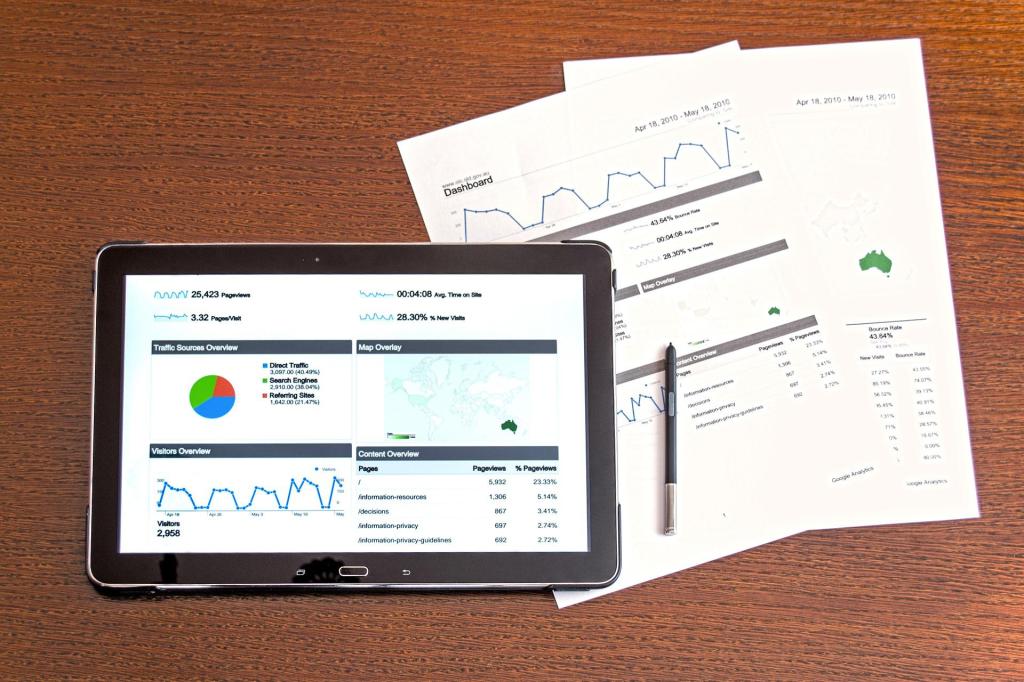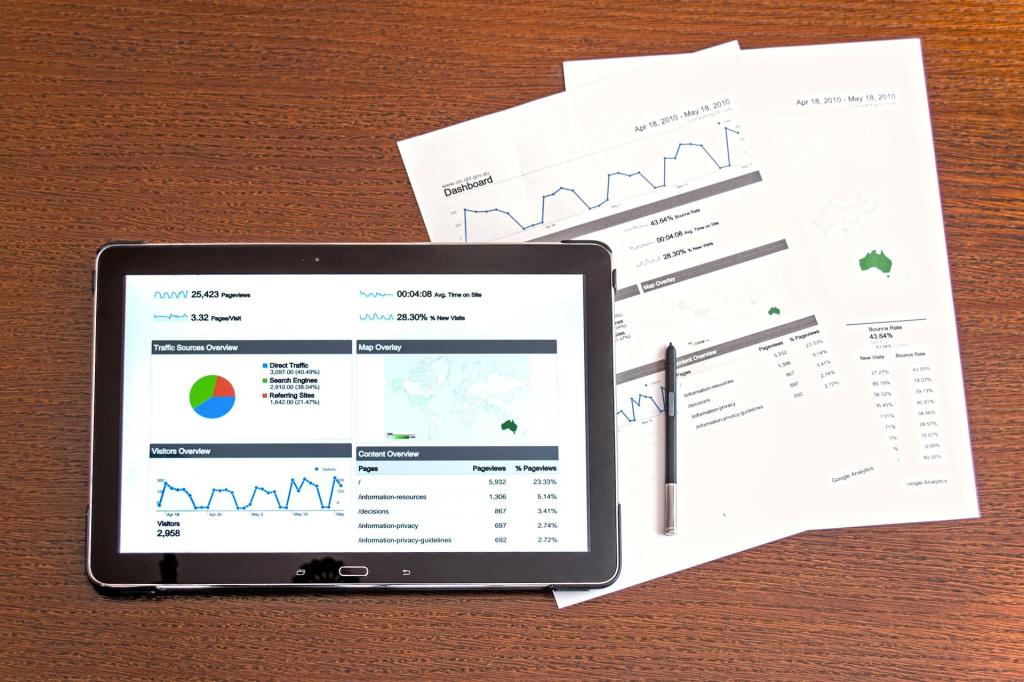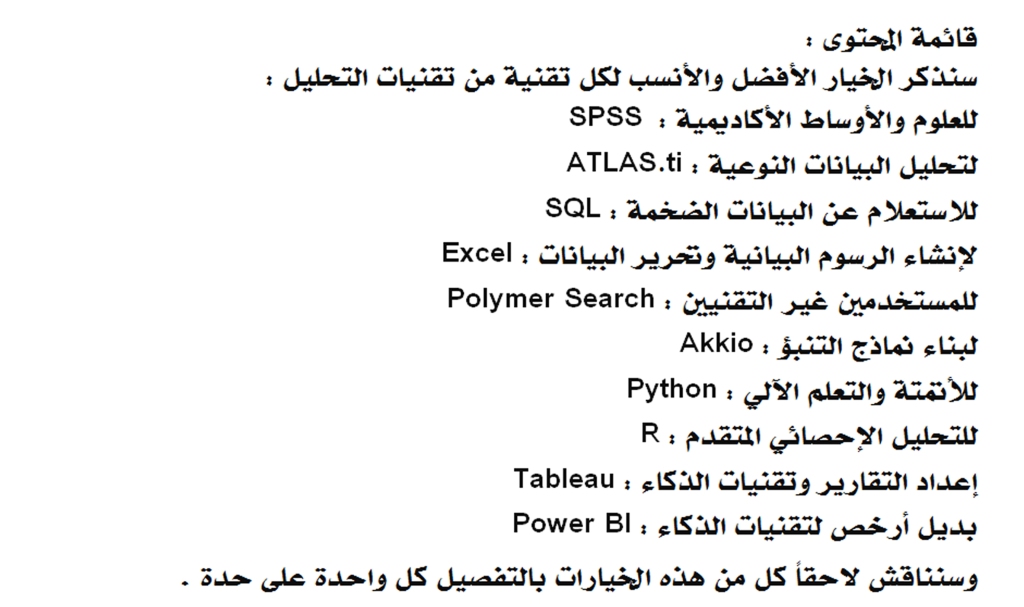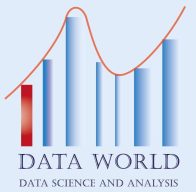
Data analysis tools of all kinds are designed to serve the purpose of their use, but the difficulty of choosing the most appropriate tool lies in the similar capabilities between some tools, so we will discuss the selection of the best option for the appropriate tool for the type of analysis you are doing, and we will discuss the most commonly used by beginners and professionals in data science.

Factors that help you reach the selection of the appropriate tool for data analysis:
• Determining the budget and the size of the work cadre in your company.
• Knowing the volume of data that we will analyze.
• Knowing the type of data to be analyzed and whether it needs classification or not.
• Knowing if the analysis require certain types of perceptions?
• Determining the function of the entity we are dealing with.
Content list:
We will mention the best and most appropriate option for each of the analysis techniques:
• For sciences and academia: SPSS
• For qualitative data analysis: ATLAS.ti
• To query big data: SQL
• To create graphs and edit data: Excel
• For non-technical users: Polymer Search
• To build prediction models: Akkio
• For automation and machine learning: Python
• For advanced statistical analysis: R
• Reporting and Intelligence Techniques: Tableau
• A cheaper alternative to intelligence techniques: Power BI
We will discuss later each of these options separately.







